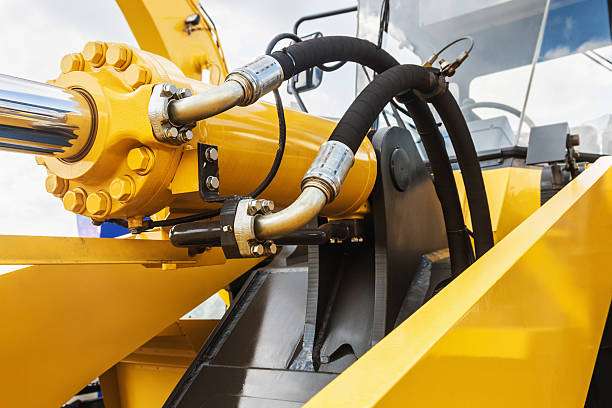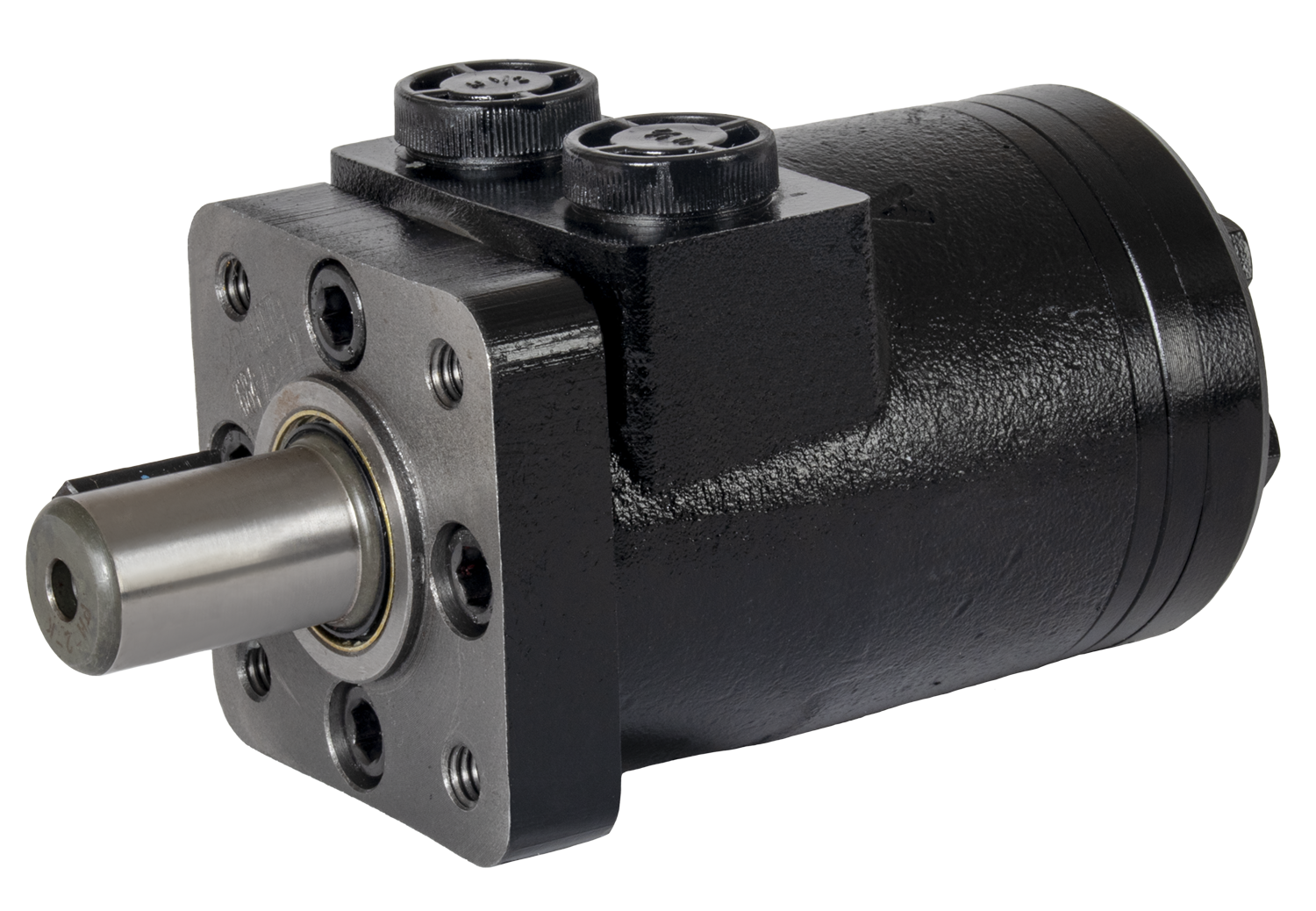In this modern world, with all the latest technologies in machinery, the use of Hydraulic cylinders plays a major role in a wide range of applications. This system is a simple arrangement of pistons and cylinders which is capable of lifting heavy objects. Most car parts or heavy machinery function on the principle of hydraulics. There are a few other mechanisms like bulldozers, elevators, excavators, and forklifts that use hydraulic cylinders too.
These systems are available in varying sizes, for instance when installed in automobiles, they are available in small sizes, whereas, in heavier applications like dumpster trucks or heavy bulldozers they are available in larger sizes for smoother maneuvering and easy lifting. Nevertheless, all hydraulic cylinders share the common components, repair, and maintenance procedures.

Image Source: Google
Before we move ahead with the hydraulic cylinder repair procedures, let us find out the general causes that lead to cylinder malfunctioning.
- Causes of Failure of Hydraulic Cylinder System
- A bent piston rod can encumber the hydraulic system.
- Due to consistent long use, there can be a crack in the system.
- Also, due to persistent wear and tear, the seal of the hydraulic cylinder might crack or break.
- There are chances of the piston rings getting damaged.
Whenever you indulge in some cylinder repair work, keep your repair tool kit ready for use. Normally, a tool kit consists of lubrication, new shaft seals with O-shaped rings, and a new cylinder rod.

